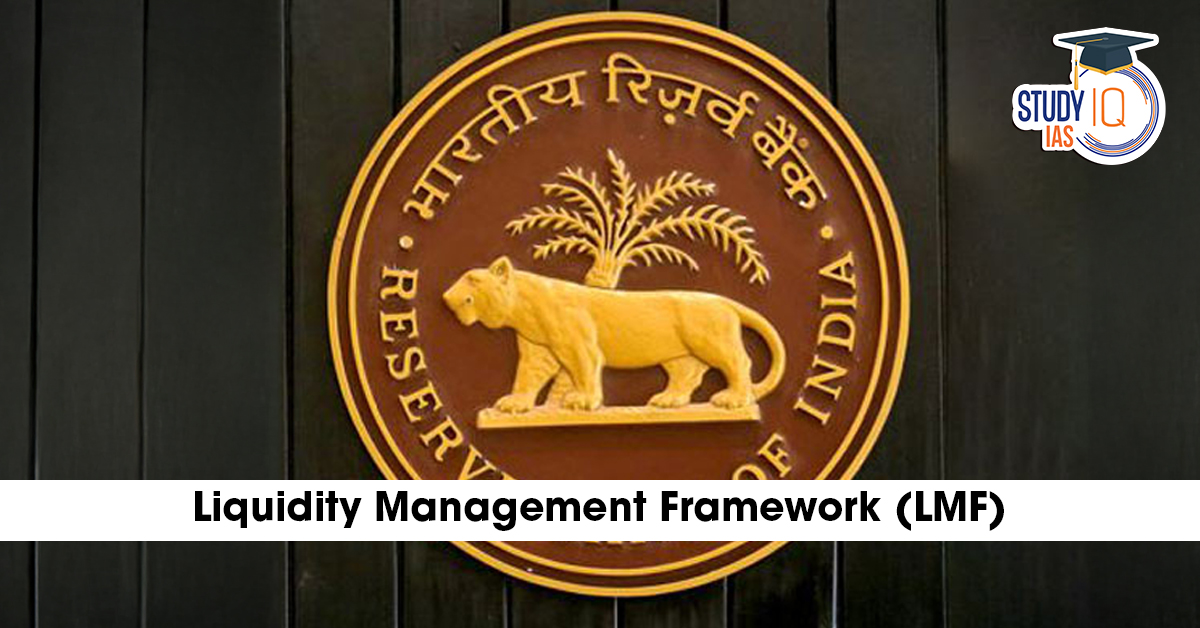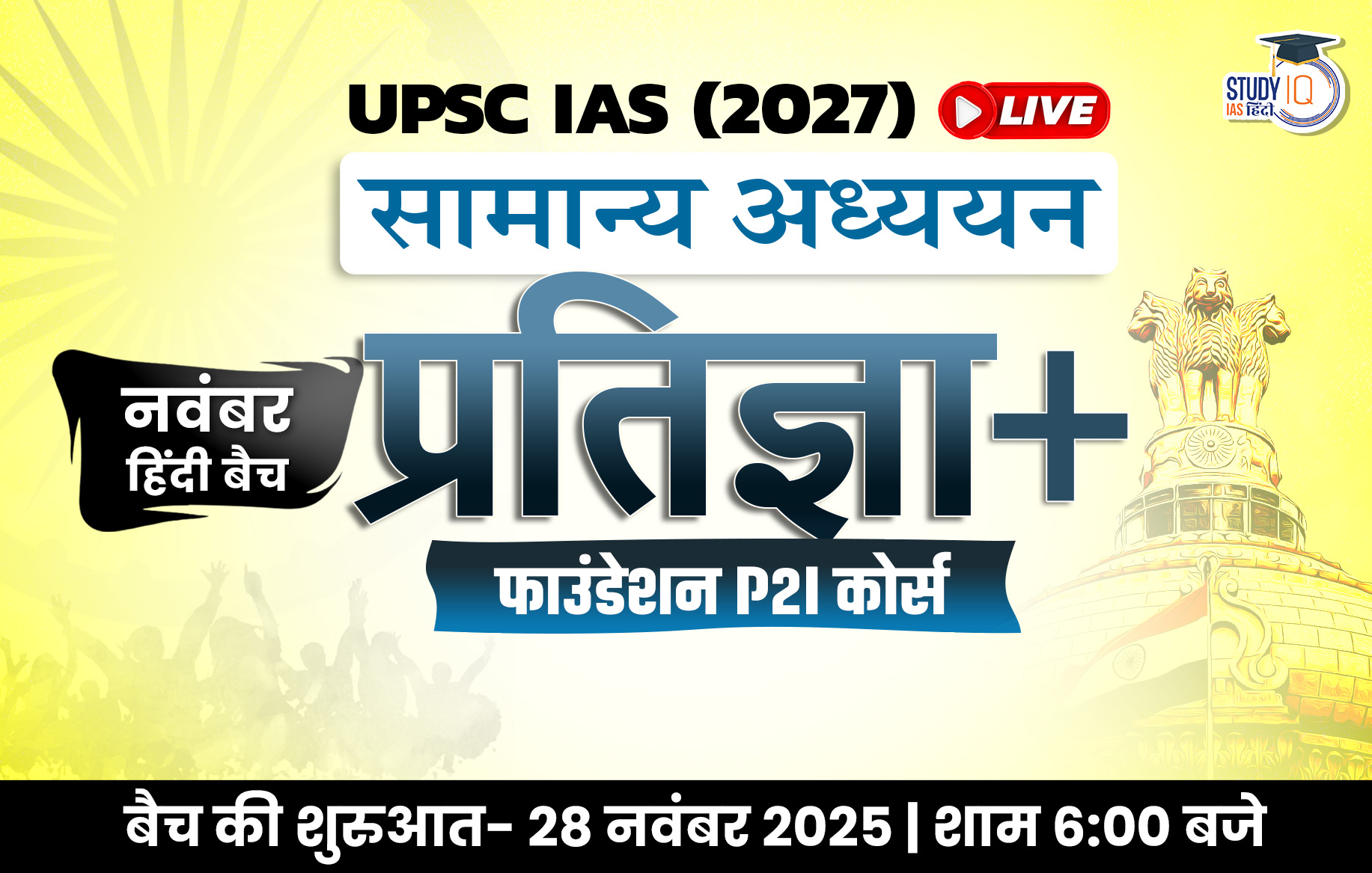Table of Contents
Context: The Reserve Bank of India published the Report of the Internal Working Group to Review the Liquidity Management Framework—an analysis of how India’s central bank conducts and fine-tunes liquidity operations.
RBI’s Liquidity Management Framework (LMF)
The Liquidity Management Framework (LMF) is the RBI’s toolkit for regulating cash/liquidity in the banking system. It helps steer short-term interest rates and ensures the smooth transmission of monetary policy.
Core Mechanism
- Relies on the Liquidity Adjustment Facility (LAF) – using repo (inject liquidity) and reverse repo (absorb liquidity).
- Operates within a corridor system where the policy repo rate is the midpoint.
- The Weighted Average Call Rate (WACR) is the key operating target.
Other Tools in LMF
- Open Market Operations (OMO)
- Cash Reserve Ratio (CRR)
- Statutory Liquidity Ratio (SLR)
- Used for longer-term and structural liquidity adjustments.
RBI’s Recent Recommendations on LMF (IWG Report, 2025)
WACR as Operating Target
- Continue using overnight WACR as the operating target.
- Reason: Strong correlation with other overnight market rates → ensures effective transmission of policy signals.
Discontinue 14-Day VRR/VRRR as Primary Tool
- Replace with 7-day repo/reverse repo operations and other tools (overnight to 14 days).
- Reason: Banks show lower participation in 14-day auctions; shorter-tenor operations are more effective and less disruptive.
Advance Notice for Liquidity Operations
- RBI should provide at least one day’s notice before repo/reverse repo auctions.
- Exception: Same-day operations may be conducted if liquidity conditions change suddenly.
- Reason: Helps reduce uncertainty and stabilises money market rates.
Maintain Minimum CRR Requirement
- Continue with 90% daily minimum CRR maintenance.
- Reason: Ensures banks maintain adequate reserves and prevents liquidity shortfalls.


 Out-of-Pocket Health Expenditure, Reason...
Out-of-Pocket Health Expenditure, Reason...
 Treasury Bills (T-bills): RBI Cuts Holdi...
Treasury Bills (T-bills): RBI Cuts Holdi...
 Fisheries Sector in India, Current Statu...
Fisheries Sector in India, Current Statu...

























